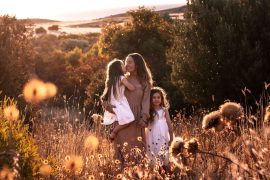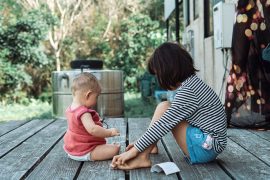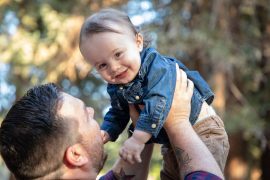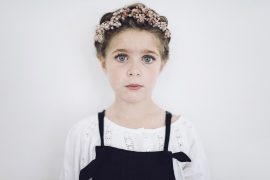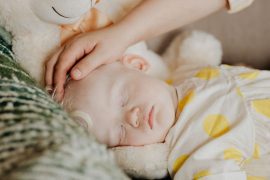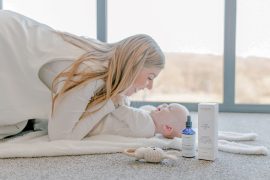By Cayla Solomon | Certified Holistic Family Sleep Coach
In the beginning, we do everything.
We carry them everywhere.
Translate every cry.
Plan our days around naps, meals and moods.
We become their safe place – their anchor in early life.
Then, almost without warning, it begins:
“Me do it”. They zip their coat, pour cereal, ask for space.
It feels empowering – and strangely heartbreaking.
Because while we cheer them on, we’re also mourning the little-dependent-you.
That bittersweet feeling? It’s proof everything’s working.
Dependency Builds Independence
Secure attachment isn’t about holding on too tight. It’s about holding on enough to give them wings.
According to attachment theory, children with a secure base – what Bowlby (1988) coined – explore more courageously because they trust they can return for comfort. Ainsworth’s “Strange Situation” study confirmed this: securely attached toddlers manage novel situations with curiosity and confidence (Ainsworth, Blehar, Waters, & Wall, 1978).
Dr. Gordon Neufeld and Dr. Gabor Maté describe this beautifully:
“The key to activating maturation is to take care of the attachment needs of the child. To foster independence we must first invite dependence; … We liberate children not by making them work for our love but by letting them rest in it” (Maté & Neufeld, 2004, p. 77).
This is what researchers call the dependency paradox. Children who have reliable, nurturing relationships tend to be more independent later – not less (Feeney, 2007).
Why Science Supports What Instinct Already Knows
Attachment theory isn’t just a warm and fuzzy parenting philosophy – it’s backed by decades of research.
Studies show that children who experience secure attachment in infancy tend to grow into kids who are better able to regulate their emotions, manage stress and form healthy relationships (Bowlby, 1988; Ainsworth et al., 1978).
It’s the kind of thing many of us already feel in our bones: when kids are emotionally full, they explore more freely. They don’t need to be pushed away to grow – they need to feel rooted.
A Personal Reflection – Letting Her Go
We recently sent our oldest to overnight camp – for an entire month. It was her first time away from home for an extended period.
In the weeks leading up to it, she was buzzing with excitement. She packed her duffel with care, picked out the perfect books, loaded up on friendship bracelet string. But in between the joy, there were tears too.
She told us she was nervous. She worried she’d miss us. And we welcomed it all – because being able to hold two feelings at once is one of the most beautiful signs of emotional maturity. It’s what Dr. Neufeld refers to as mixed feelings: the capacity to feel scared and excited, sad and hopeful, all at the same time.
When the bus pulled away, she cried.
And then she waved.
And then she went.
And now, we see her smiling face in the camp photo galleries – glowing, independent, alive in a new way.
Her ability to feel all the things, and still move forward? That’s what secure attachment makes possible. Not fearlessness, but the courage to go – because she knows she’s tethered to something strong and steady back home.
Letting go isn’t about cutting the cord.
It’s about knowing the connection holds, even when we’re not physically close.


